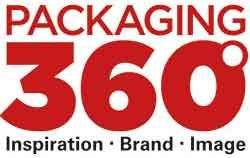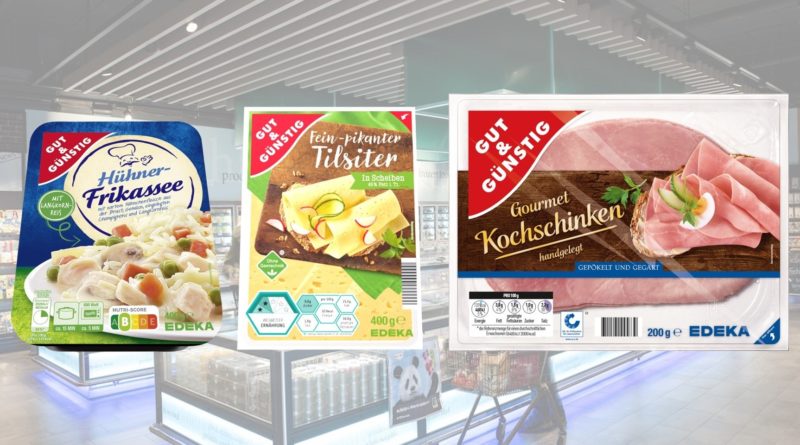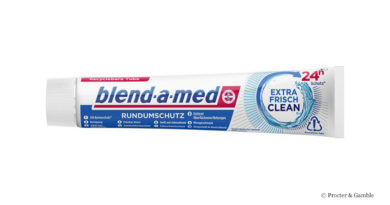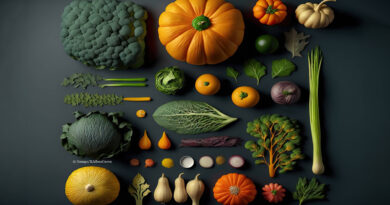Nutrition claims labelling: EDEKA launches practical test
The EDEKA Group is currently applying various models of nutrition claims labelling to selected packaging for private label foods. The practical test is intended to provide information on consumer preferences.
Pie chart, colour coding or signposts: the right model for simplified nutrition claims labelling for food has been a matter of debate in Germany for months. EDEKA and Netto Marken-Discount are the first retail companies to offer their customers a chance to see for themselves and test the suitability of three of the most discussed models – the Nutri-Score, the Max Rubner Institute (MRI) model, and the Food Federation Germany (the former BLL) model. From September 2019, EDEKA and Netto Marken-Discount will each be putting 16 selected private label items from different product groups on the shelves, labelled on the front with one of these three systems. Will they influence customers’ actual purchasing behaviour? This is the focus of the three-month trial, with the ultimate aim of boosting the development of consumer-oriented labelling providing greater transparency and orientation in food selection.
The EDEKA Group is fully committed to a balanced diet for consumers in Germany – among other measures by consistent reduction of the sugar, salt and fat content of its private label brands. As the company explains, transparent information is essential for the educated consumer to make choices which are really more balanced.
ADVERTISEMENT
 The exhibitors at FachPack offer you a tailor-made overall solution with the right material, the right function and the right logistics. More information can be found here.
The exhibitors at FachPack offer you a tailor-made overall solution with the right material, the right function and the right logistics. More information can be found here.This is why EDEKA and Netto Marken-Discount welcome the introduction of simplified nutrition claims labelling on the front of food packaging. However, to realistically evaluate the possible benefits and acceptance of such a system, authentic empirical values from the consumer’s lifeworld are needed. The aim is to carry out the practical test under real conditions. Particularly popular and fast-selling articles model from various product groups, including ready-to-serve meals and snacks. The Nutri-Score is used, for example, to label packaging for paprika chips, lasagne, tuna pizza, and chicken or pasta casserole. The MRI and Food Federation Germany models are applied to packaging for ham, ribbon noodles, Tilsite cheeser, toastie white bread, multigrain rolls, chocolate wafer rolls and chocolates, among other products. The EDEKA Group hopes that observation of purchasing behaviour and any change in this, and analysis of the sales figures for all the items will yield valuable insights into customer expectations, so it can take these into account in developing consumer-friendly solutions.




